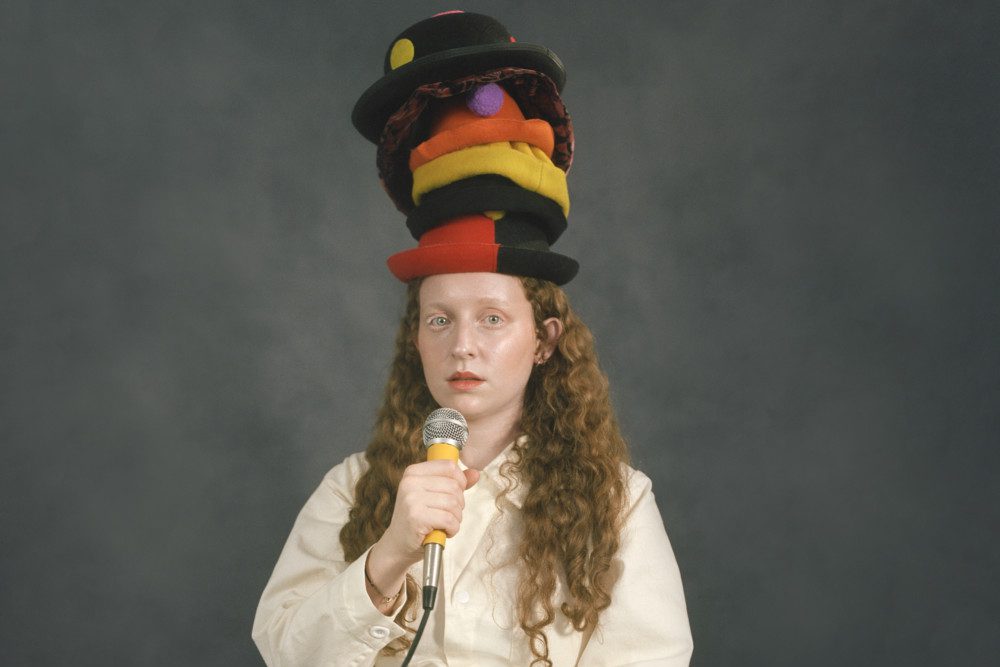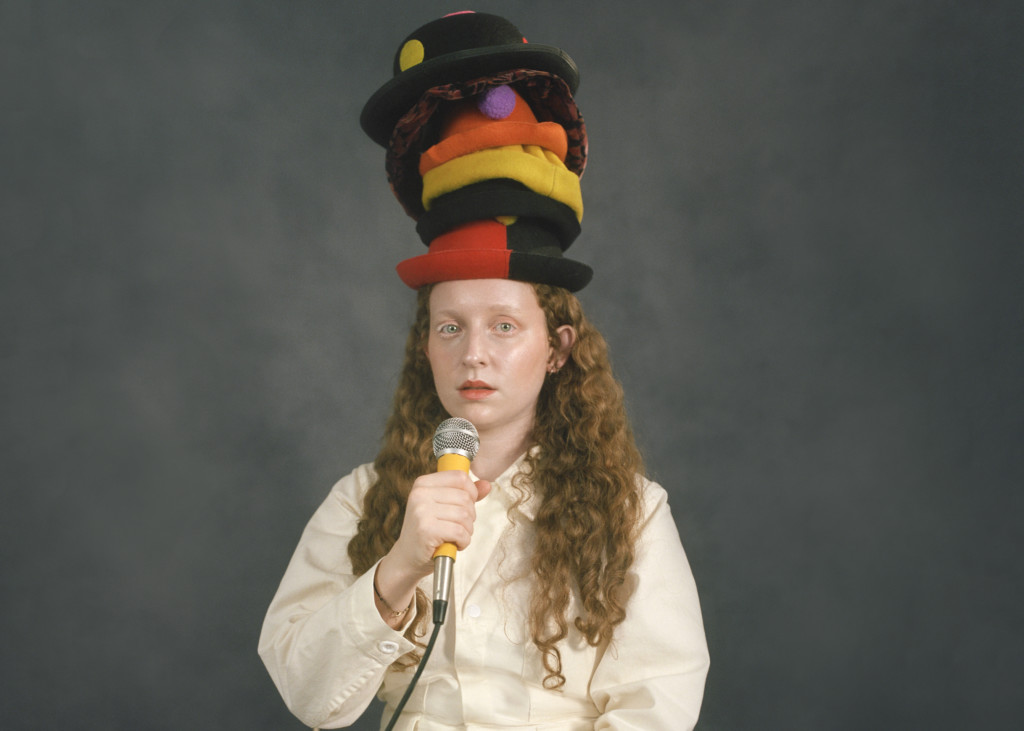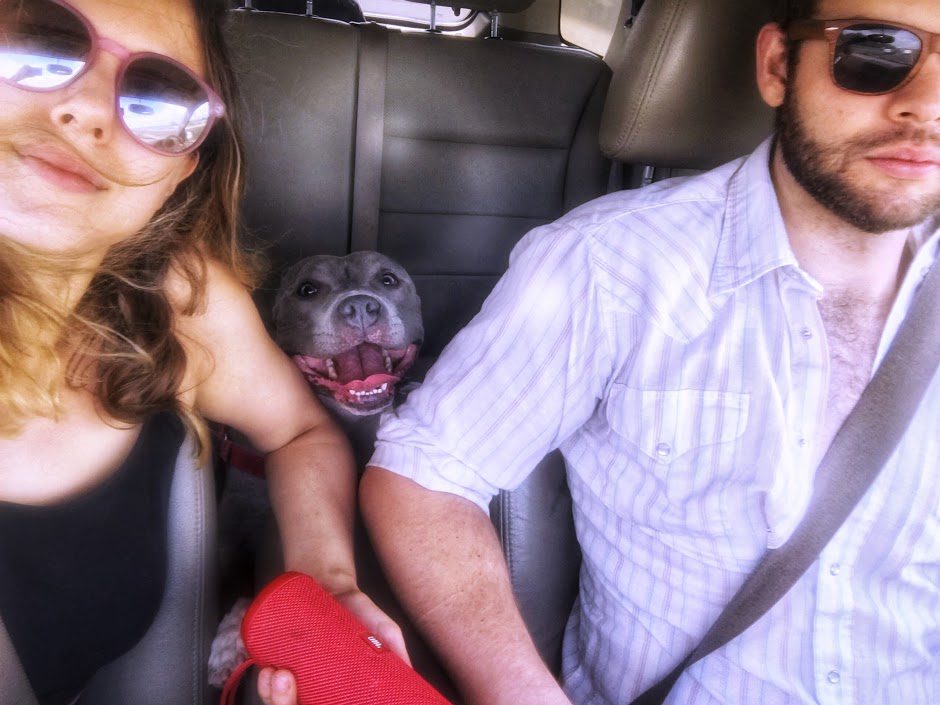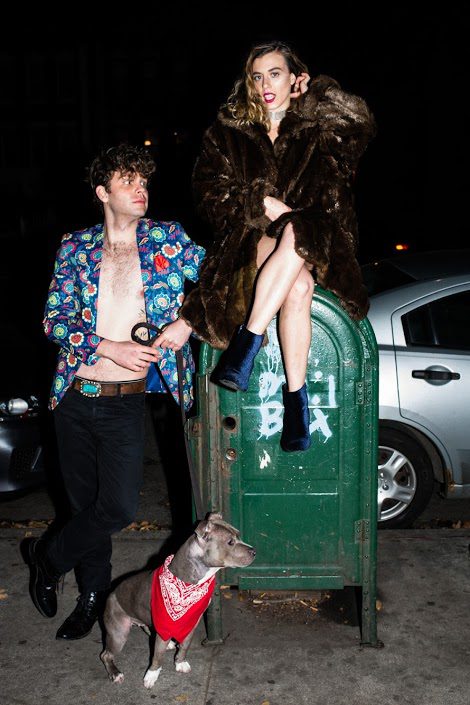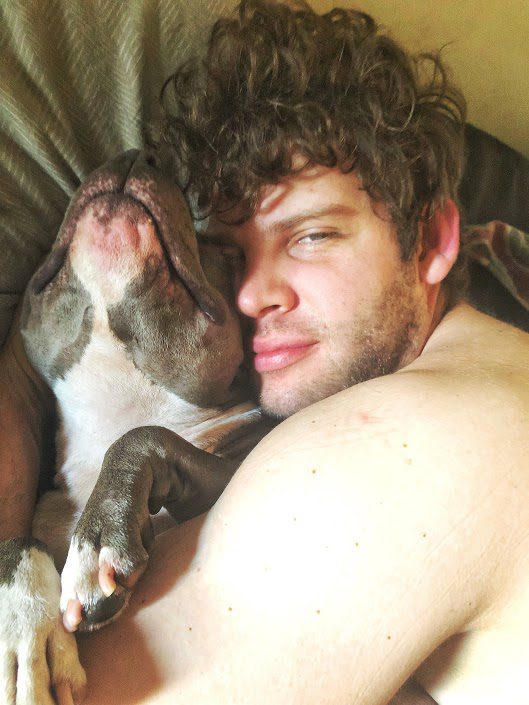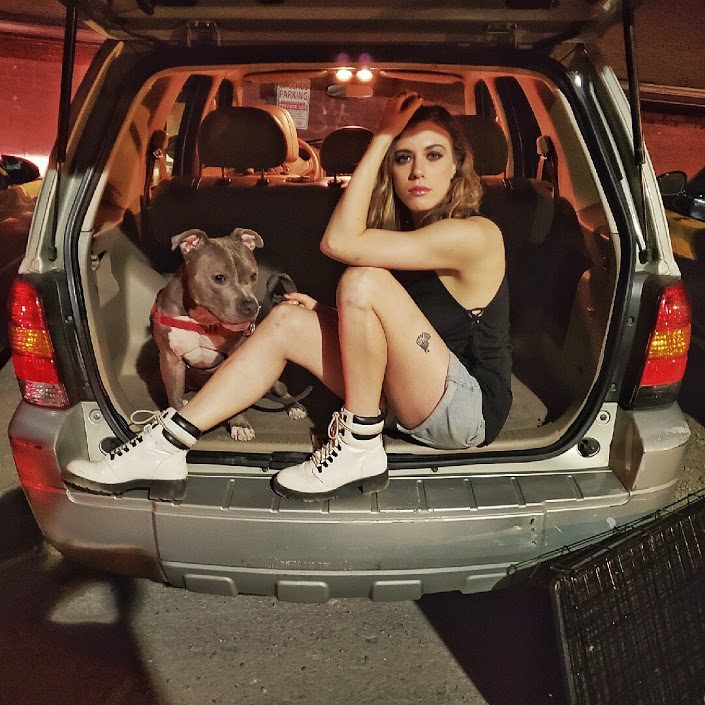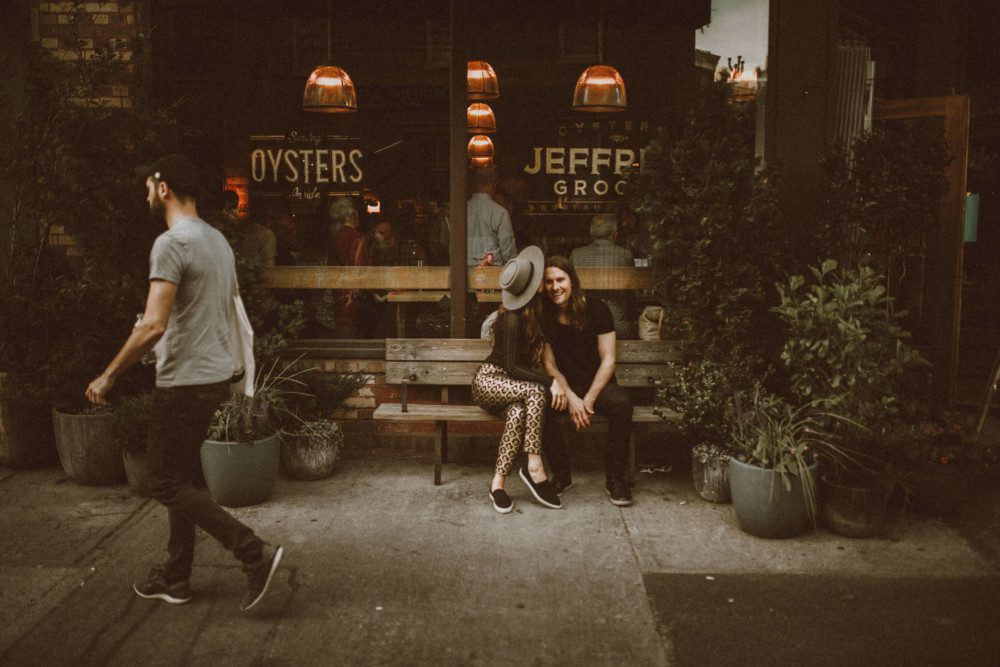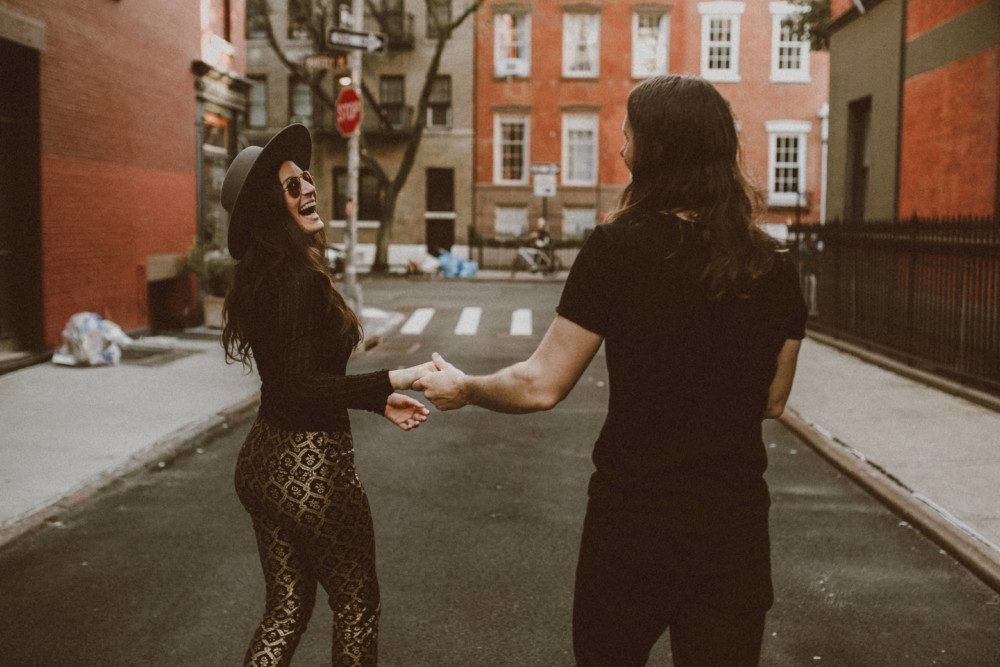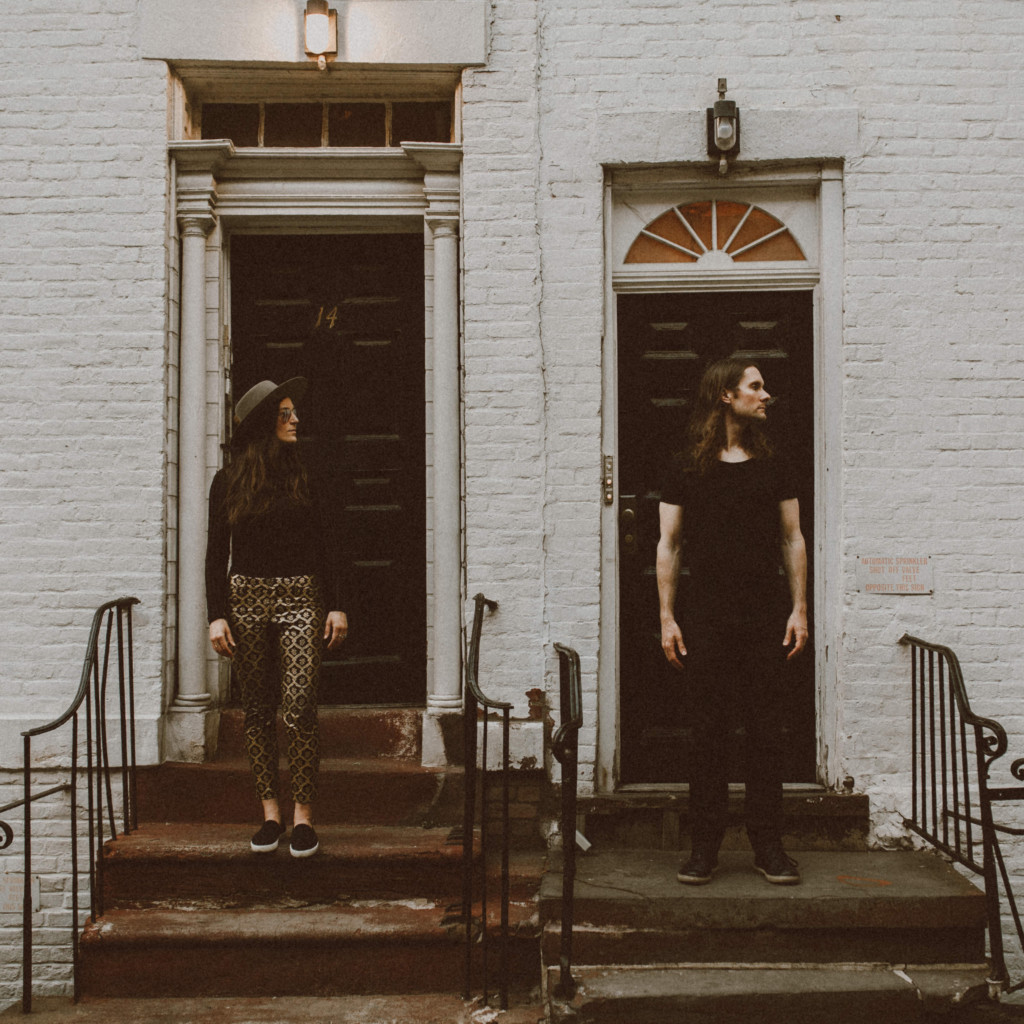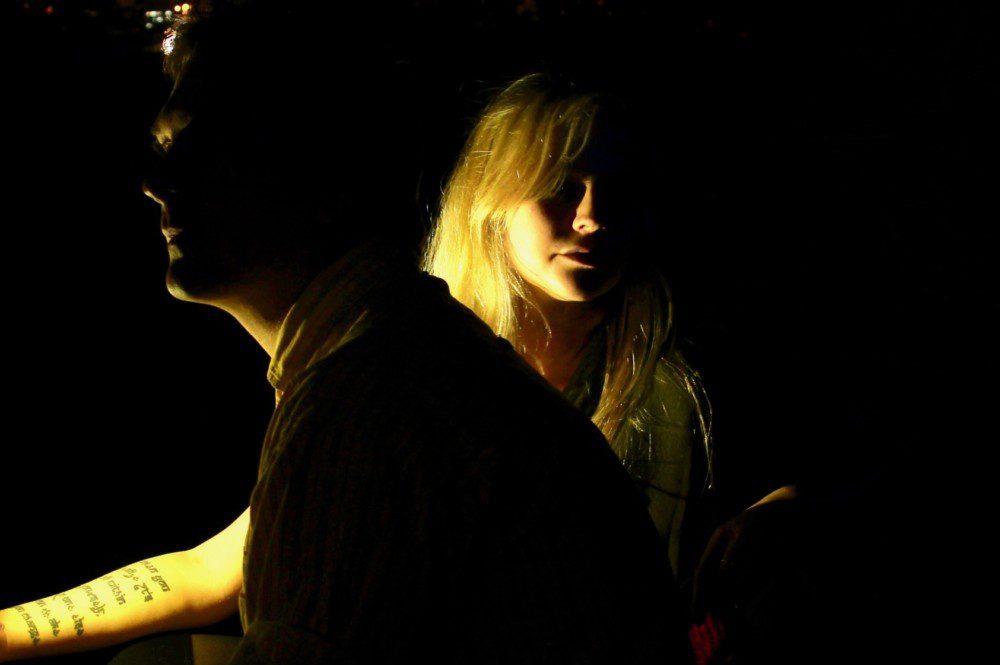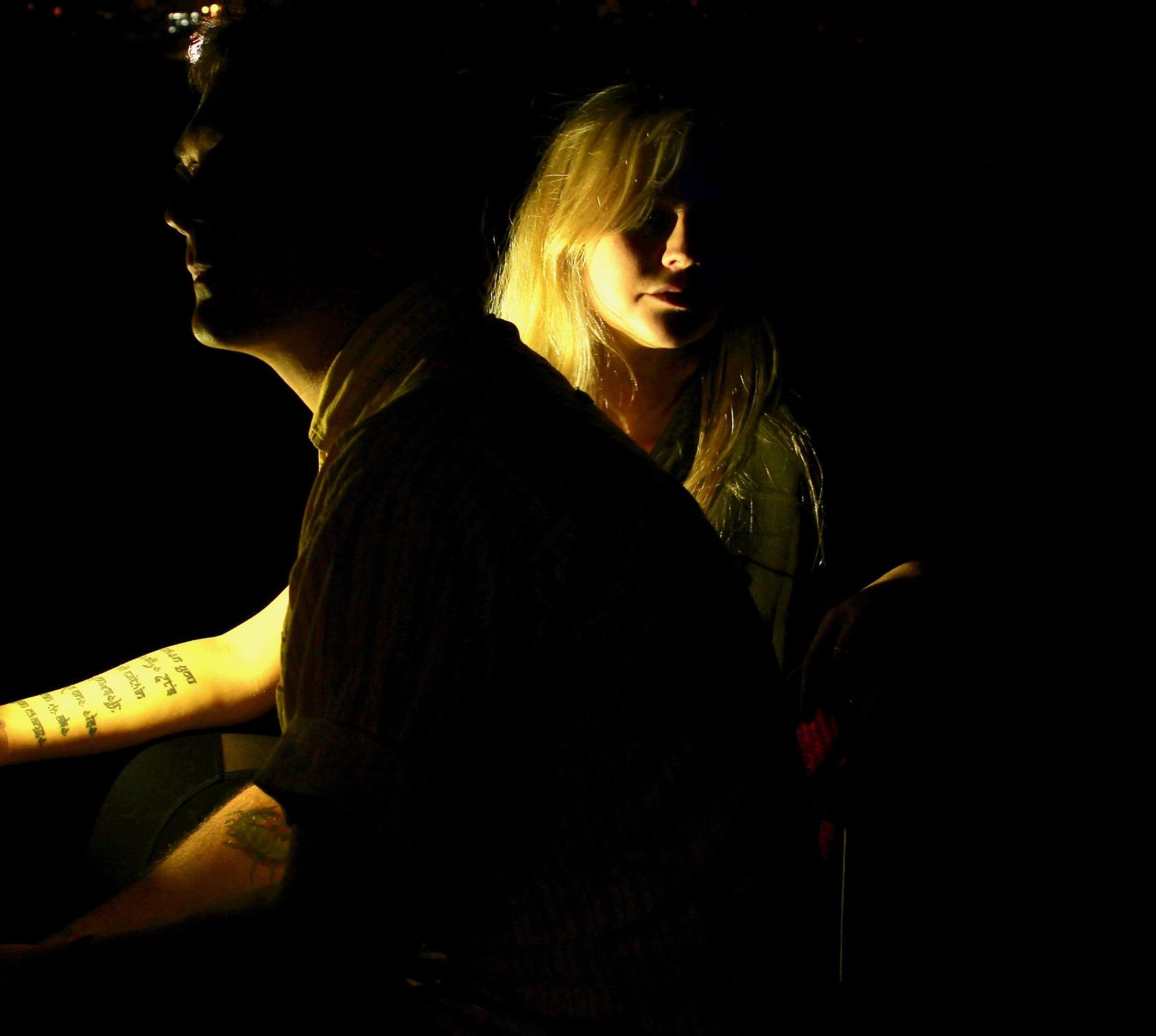Glassio Bares Tremendous Heart With Debut LP For the Very Last Time
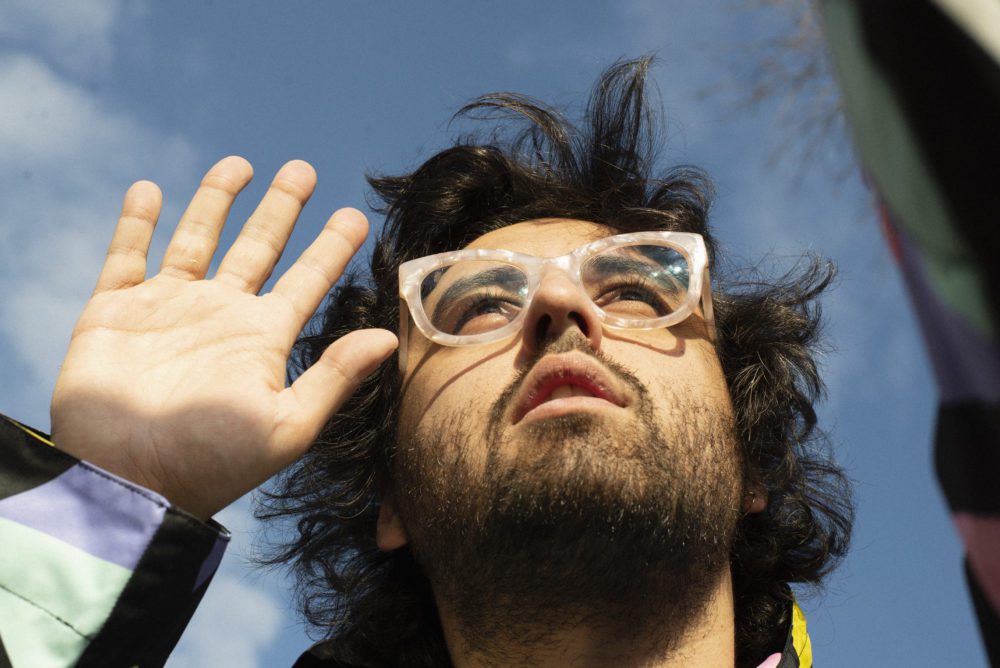

Glassio’s For the Very Last Time is the kind of record that submerges you from head to toe. His debut record, the eleven songs fit together like a jigsaw puzzle, resulting in a soundscape so vivid and immense you realize something truly special is unraveling. Known for remixing songs for Madge and Goldwash, Glassio (real name Sam Rad) takes various hyper-personal threads from his life and twists them together for a concept record based around “growth and rebirth of someone’s character out of a dark space,” as he describes it. He not only has more room to play, dashing through otherworldly textures, but finds true freedom in the rediscovery process. Start to finish, the record hinges on tragic events Rad experienced in 2018, but out of the ash, he emerges as a true pop visionary.
“It became clear to me that that year was going to impact the rest of my life. Without that year, this album wouldn’t have existed at all,” he explains. “Each song started off with a melody that I thought up with a lyric already attached to it — and then I began expanding outward in terms of lyrical approach. That’s usually the method I like most; it almost feels like cooking an egg on a frying pan. I never really like to critique what that first lyric or melody may be — instead I just try my very best to be honest about what part of my life this line is referencing and embrace that fully.”
Even as he invites the listener out onto the glitter-scattered dance floor, there is an inescapable melancholy tracking just beneath. In his personal life, he was dealing with immense negativity, so he turned to “drinking more and taking long walks by myself in the middle of the night through Park Slope listening to ‘Over The Hillside’ by The Blue Nile,” he says. “That was my initial coping mechanism. I almost, in a strange way, wanted to embrace being incredibly lonely, and that album, Hats, is honestly a perfect record to do that to.”
When the year was coming to an end, Glassio opted to get sober for a bit, and that’s when early album roots took hold with a flood of melodies. “I started off 2019 feeling fresher than I had in years. Two lyrics really hit me hard out of the blue that helped me understand what this record was going to mean to me,” he remembers. Those lyrics were “I’m saving my life with white wine and 909s” (from opening song “White Wine & 909s”) and “Remember the night that you fell down the stairs at your favorite bar” (from the starry “Almost Forgot How to Play Guitar”). “I remember saying to myself, ‘This is the kind of honesty I can get behind,’” he recalls. “And that kick-started the album and helped me regain myself.”
Formerly a duo, Glassio uncovered a willingness to let things be perfectly imperfect, if the song called for it. “I mixed every song (with the exception of two) by myself. I spent most of the process working out ideas on my own — whereas when [this project] was a duo, I had my partner to confer with. I think this actually gave me more confidence to let the music live in an imperfect place from a mixing standpoint and to let the idiosyncrasies of doing everything myself give the record a defining sound,” Rad explains. “That was incredibly liberating, and I didn’t anticipate that I’d welcome that freedom so easily. Usually, I’m incredibly meticulous about a mix or arrangement and will spend months working on a song.”
When listening to For the Very Last Time — from the planetary swelling of “Summertime (Kept the Blues Away)” to the medicating “Make No Mistake” — you can’t help but be bowled over by how much heart is truly on display. Coincidentally, he was falling in love during the album’s creation, which gives these tracks an even higher voltage.
“I think that actually played a big part in me wanting to write about my past with the energy that comes out of a new relationship. I wanted to put my heart into this — almost in such a way to be loved again, to be understood,” he says. “I’ve always felt misunderstood in life, and that’s actually been my biggest motivation behind writing music. Doing so with this album meant that I was learning to trust others again. Even though this album was very much about heartbreak, I was recording it while I was falling back in love, and I think that gave the album an interesting energy. It made it both about loss and trust all at once.”
Heartache certainly informs much of the record, but a working musician’s life also lays claim elsewhere on the record. “Tie my head to the back of a limousine,” his voice bends through static on “The Government,” among his most irresistible moments. Funny enough, he doesn’t actually recall what that line, in particular, means. He offers this explanation: “I initially really just liked the imagery. I was picturing the scene in the intro of the film The King of Comedy where Robert DeNiro hijacks Jerry Lewis’ limo to try and pitch himself as an up and coming comedian.”
“One more second ‘til the government flashes/And everybody’s on the scene,” he later sings. Here, he comments on trying to make a music career work amid “a political climate that almost makes it impossible to do so for so many,” he says, “and that line may have been me mocking the life that many of us fantasized about as kids: wealth, fame, celebrity.”
The chorus, which was “peripherally inspired by frightening exchanges between Trump and Kim Jong Un back in 2017,” draws a frightening apocalyptic picture. “I wanted the song to loosely depict a friend group getting together one last time due to the threat of impending nuclear war,” he notes.
Down to the song’s blistered synths, an unease soaks the production, as he wrestles with “that voice in the back of your head that says, ‘Well, what if you’re wrong?’ or ‘Are you sure this won’t lead you down the wrong path?’” he describes, “but I was hoping to achieve that very subtly. To do that, I think I tried to employ synth sounds that mimicked what I would imagine a Fisher Price synth to sound like, if they were to exist, and would have the part play something jarring and distinct.”
Glassio plays around with similar staccato synths on songs like “Almost Forgot How To Play Guitar” and “Thunderbirds,” stylistic choices he says were greatly influenced by “It’s Raining Today” by Scott Walker and “I’m Not In Love” by 10cc. Those compositions frame “vocals and pedal tones very eerily,” he says. “It’s the type of eerie that is heavily omniscient but that you sometimes don’t realize is there. Sort of like a very unremarkable painting in the lobby of a Holiday Inn — once you notice it, you realize how bizarre it is and how off putting it is. You begin asking: ‘Who made that? Where are they now?’ I love listening to records that make me ask those questions.”
On “Guitar” – which Rad says was the quickest to write on the record – he wields vocalist Daneshevskaya’s angelic vocals as a sword, slicing and dicing through a thick downpour. “Almost forgot how to play with stars / Remain in the light that you felt on the night/When the world went dark,” she offers up a lush prayer. “Almost forgot how to play the part/Remember the things that you said on the night when you broke my heart.” She guides us through the halls of past breakups, her voice adding a bit of heft to the lyrics. Paired with ambient production, the song takes flight all on its own; Glassio finds alluring beauty in such simplicity.
“I think some of my favorite lyrics do that… simple statements that mean so much or could mean so much,” he says. “The version of me that will hear the finished album six months after it’s release definitely strives for that kind of meaningful simplicity, but I almost never achieve that if I’m forcing it during the making of the music. It just never works out.”
With “Thunderbirds,” the album closer, a slick, almost grimy darkness sprouts in both the production and lyrics. “When I’m dead I hope I’ll find/It’s easy when you fall behind/Babe you know I’m broken up for you,” he whispers. He stabs right to the heart, yet it operates as a shimmer of hope. “I think I was tapping into the idea that when you lose, you gain. You discover who you are when you are in a desperate position and the search for something untouchable shields you from loving yourself and others in the most authentic way,” he says.
“Some things can only be found once you are lost for a while. That was me in 2018,” he admits. “This song is my soul at its truest, I think.”
Death is another unexpected piece to his story. “A Million Doubts” clicks together a memoriam for his late grandmother and a bigger conversation on death itself. “I want to make you proud/Get a little bit stronger,” he pleads. “Can you show me how ‘cause I don’t know the game/I got a million doubts.” Neon-washed synths dip and bend around his voice, and the heaviness is tender but unapologetic.
“I was really young when she passed, and we were very close. I wanted this song to be the type of song you listen to to think of the people in your life no longer with you; people that may even be looking down on you and keeping you safe. I wanted to try to build off that connection,” he says of the song, which also explores “remaining spiritual and believing that you are being protected.”
“I was losing my touch with spirituality in the years prior, and this song, as well as a few others on the album, are about reconciling with my faith,” he adds.
The song, which references Celtic music traditions, was a co-write with Charles Fauna, who, Glassio says, is “like a brother to me. We’ve been close friends for years and have very similar backgrounds. We both worry about similar things and can very much sympathize with one another’s anxieties,” he says. “I know, as musicians, there is this underlying desire to prove to the people that doubted you that you were able to make something of your life. I think I was definitely tapping into that emotion a bit. We never really had a discussion about what the song meant to each of us together, but I think we both instinctively knew where we wanted to take it.”
Glassio’s For the Very Last Time races forward relentlessly, always adhering to tear-laced stories bound with celestial mixes. His ability to get you crying while dancing is bizarrely energizing. “Nobody Stayed for the DJ” shoots through the veins but provokes a deep-rooted pain in the chest. “Nobody stayed for the DJ, bless their souls/With the eyes of the world all attuned to rock and roll/Won’t you help them to understand,” he laments.
He grapples with playing shows to empty rooms and what, if anything, his art has to offer. “I wanted this album to be the first clear picture of what that bedrock is for me. I care about sustaining a career and making a living off of what I do,” he says. “That being said, I was very unhinged and honest when making this – even if my voice isn’t heard by millions, I’d still consider this record a personal success.”
For the Very Last Time clearly speaks for itself. It is rich, expressive, detailed, and viscerally moving. Glassio’s debut dares you to dance, to think, to hope, to dream, to reclaim your life. We could use plenty more pop music like this these days.
Follow Glassio on Twitter, Facebook, and Instagram for ongoing updates.

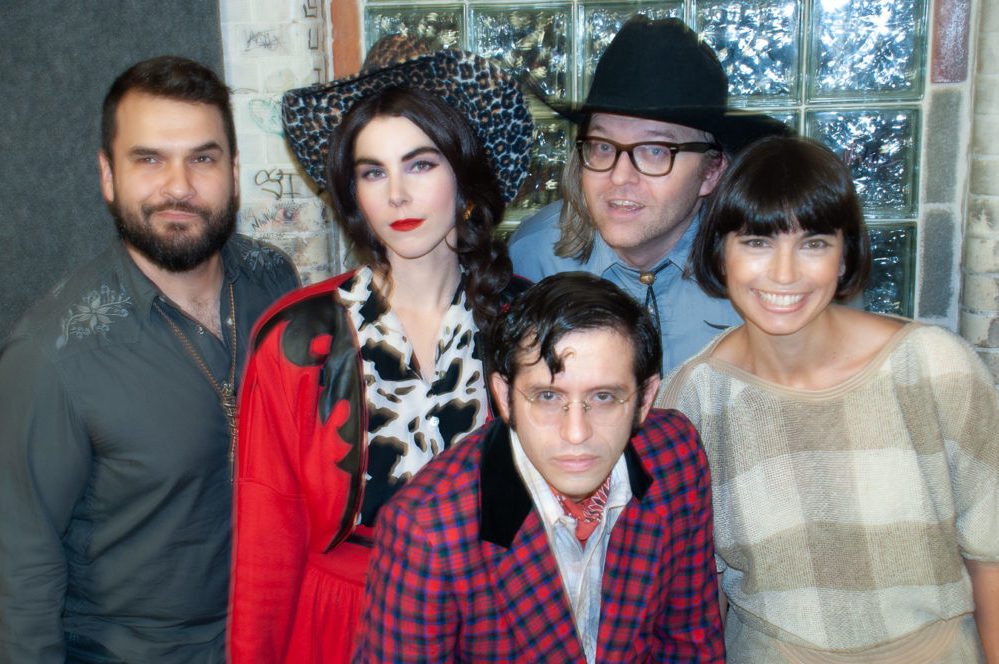
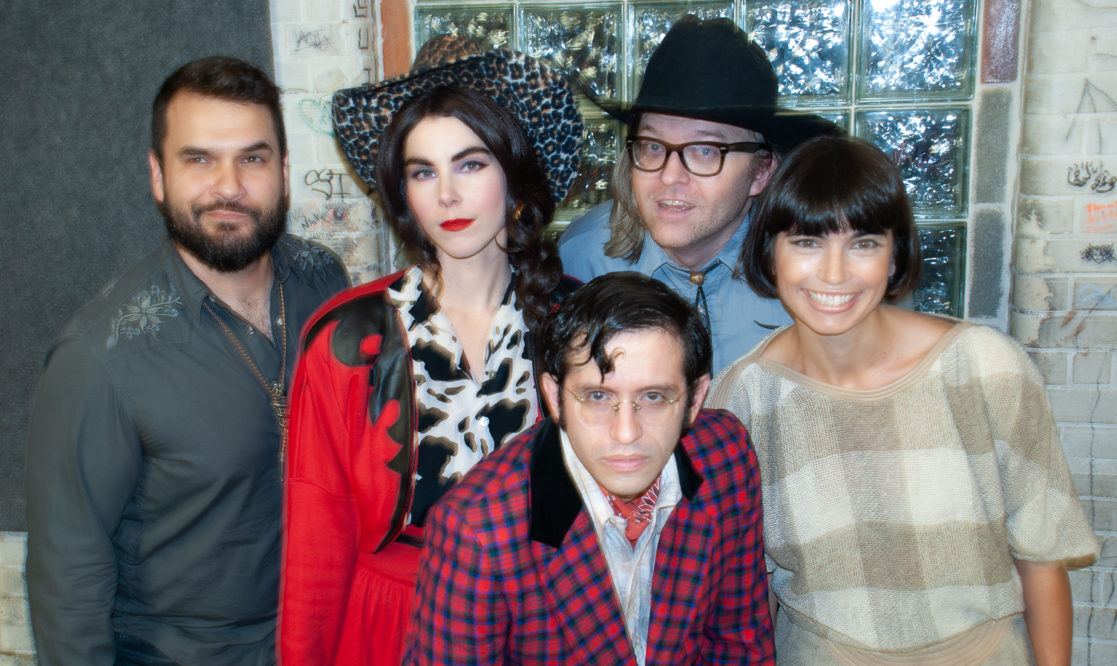
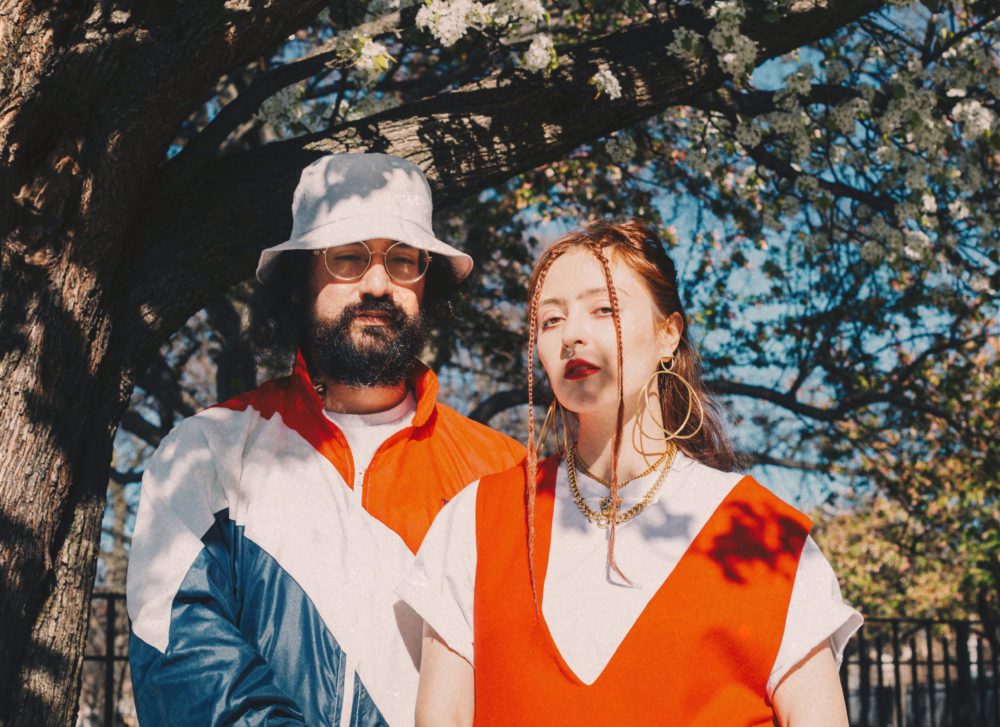
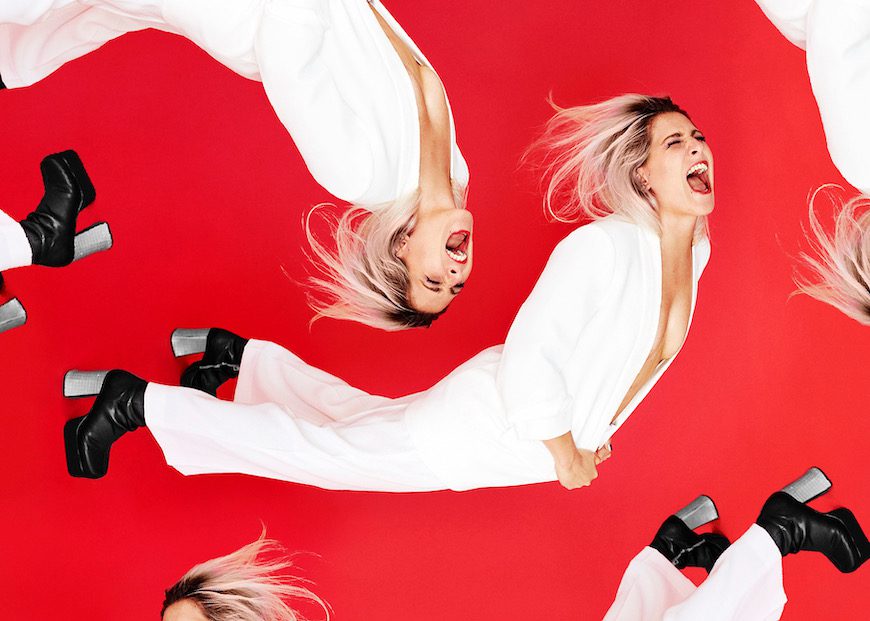
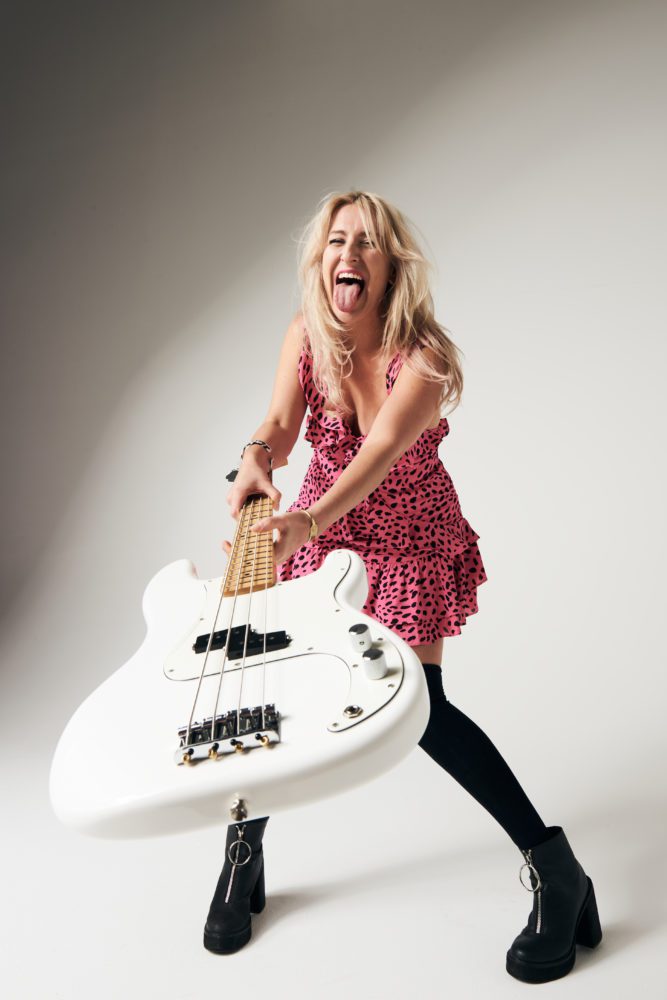
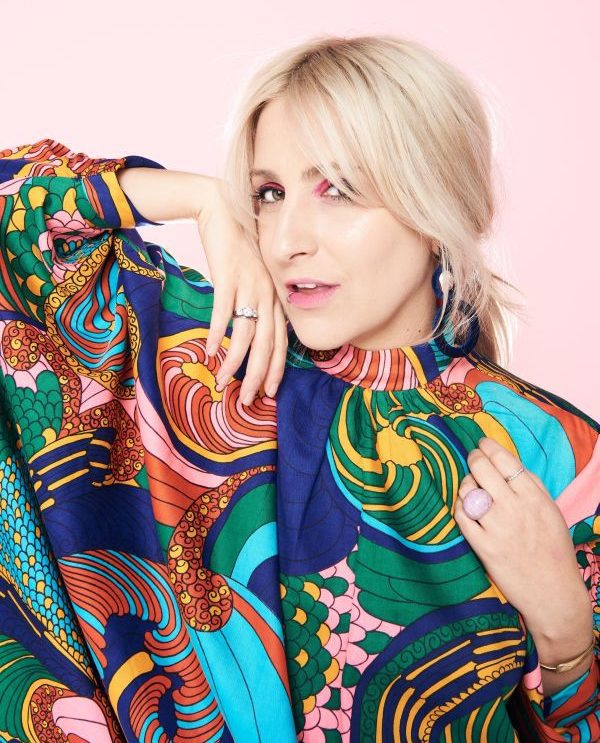
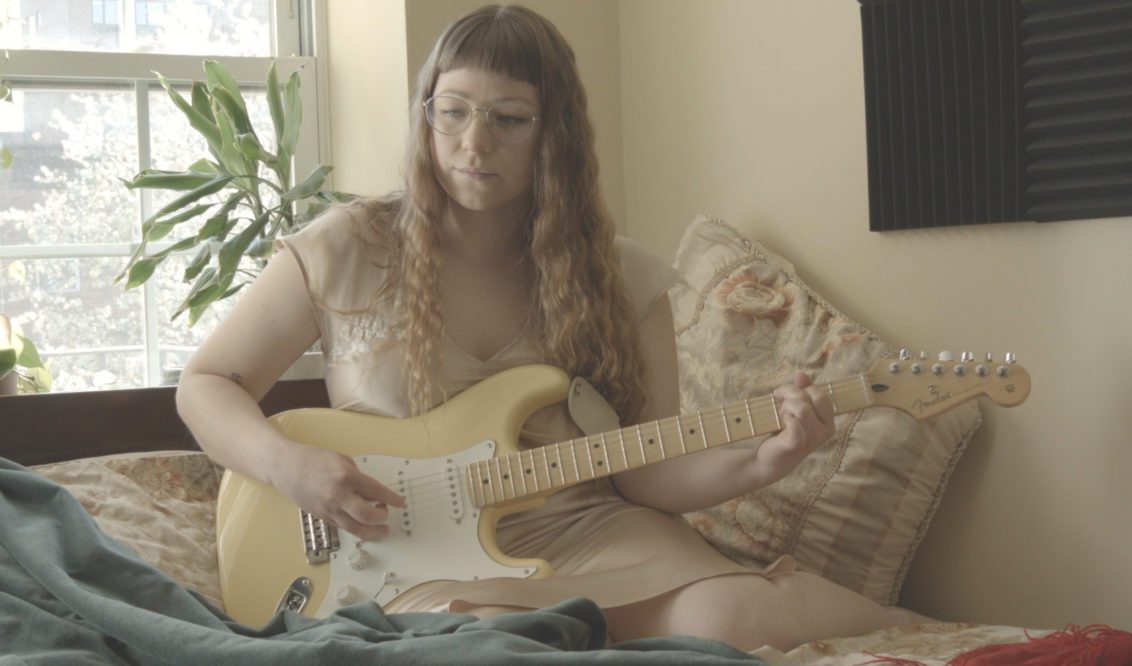
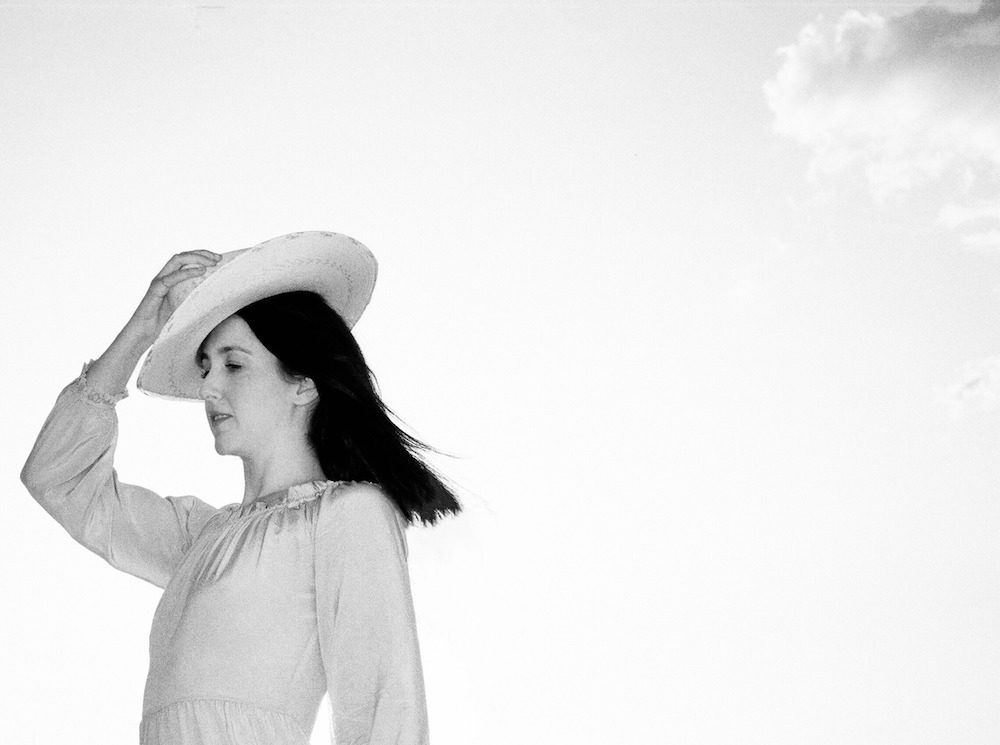
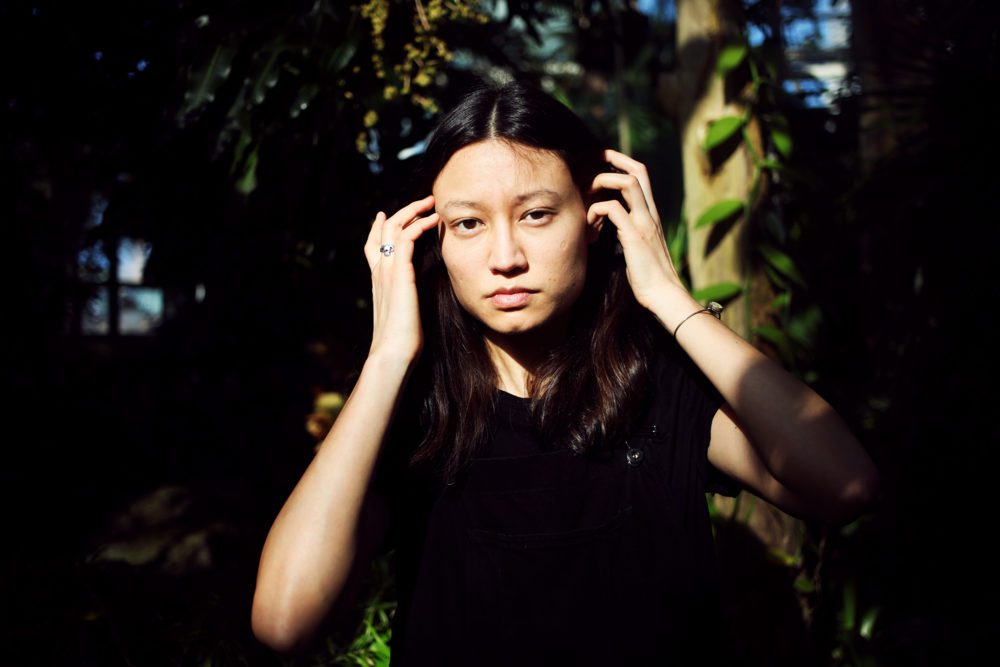
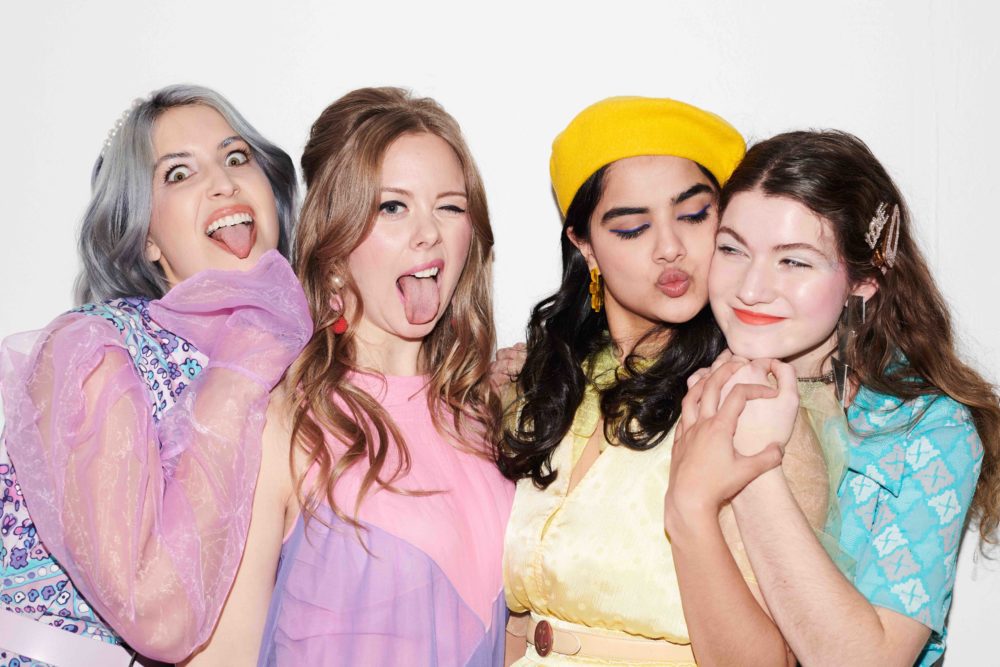
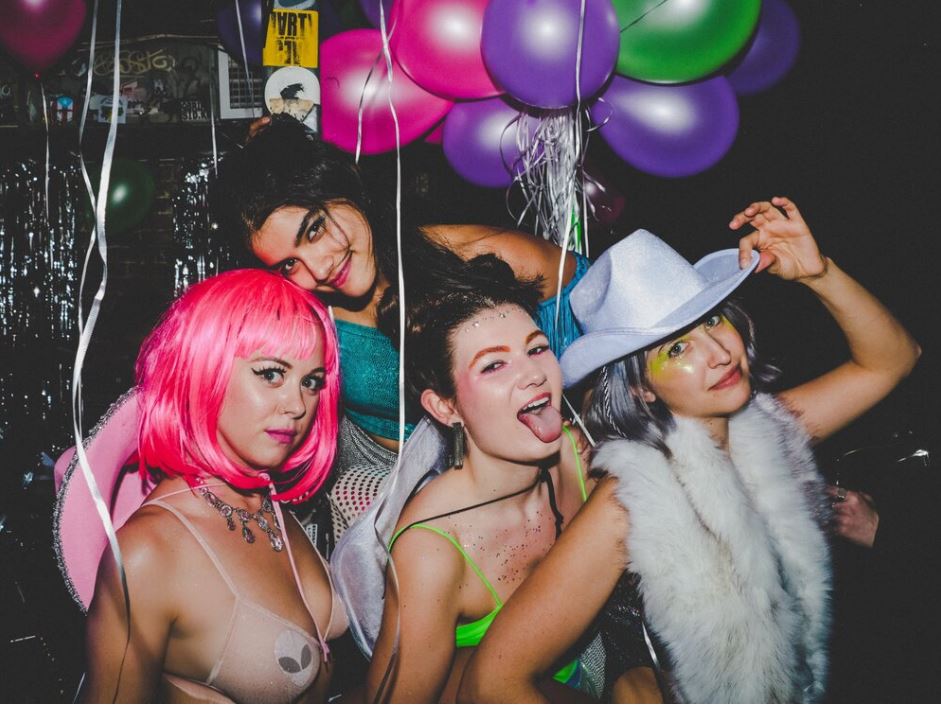
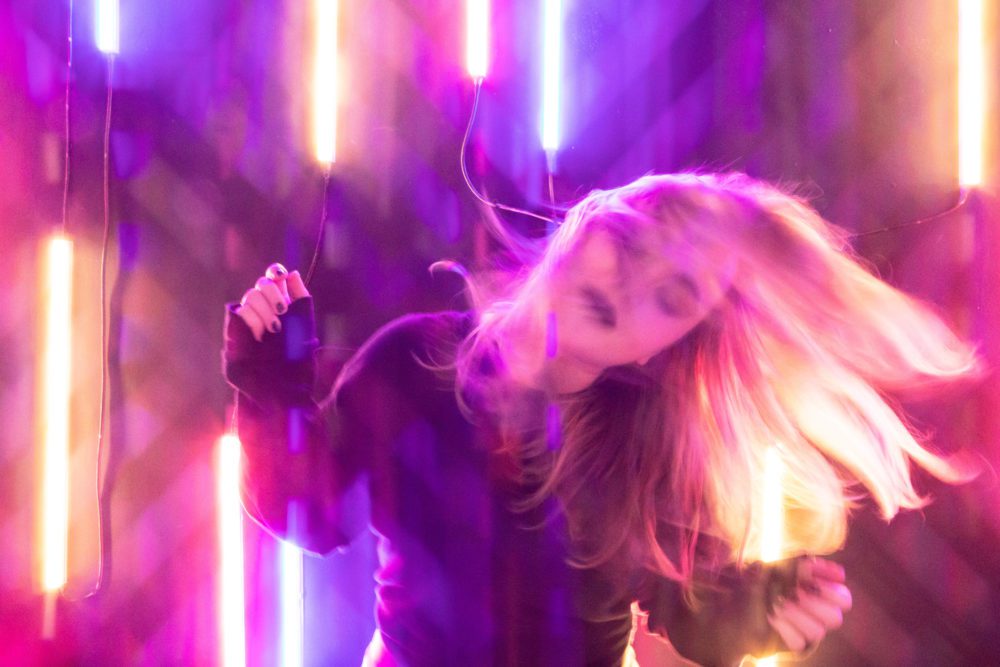
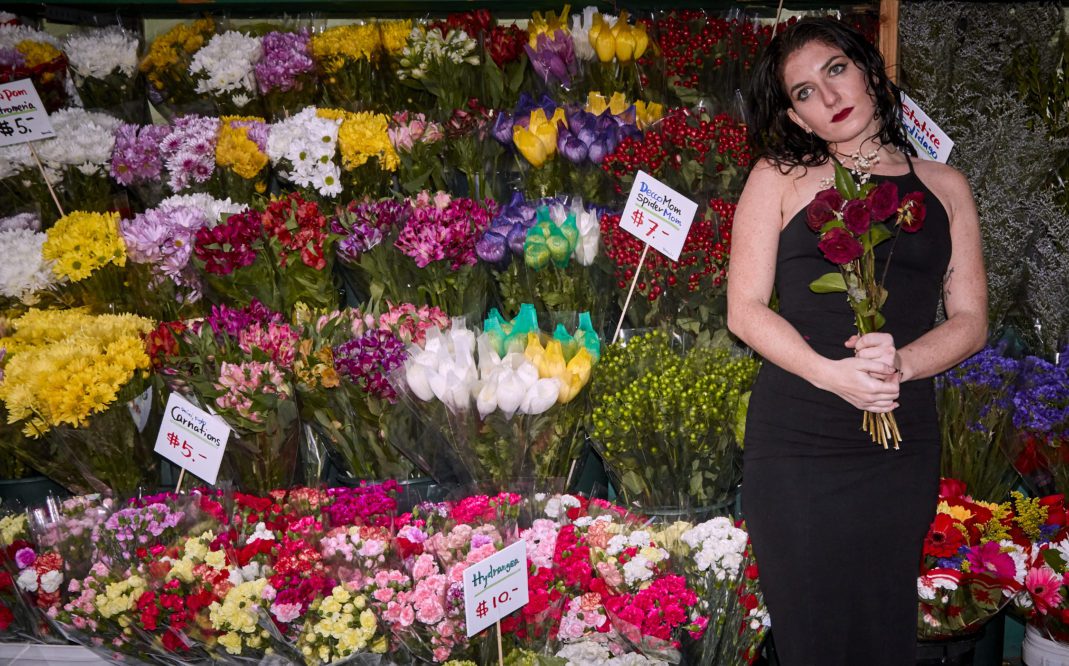
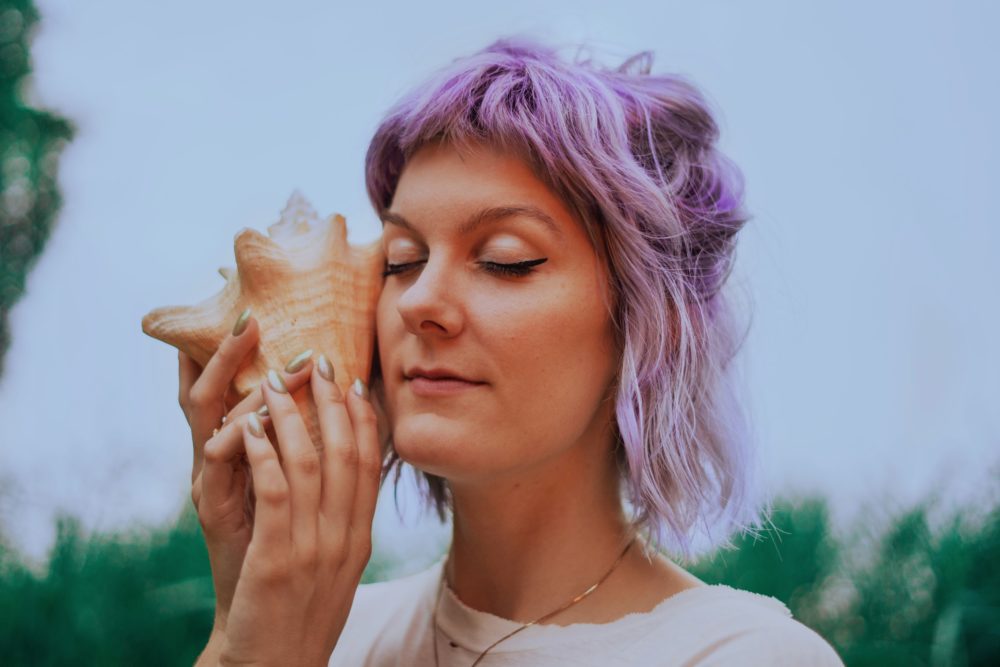
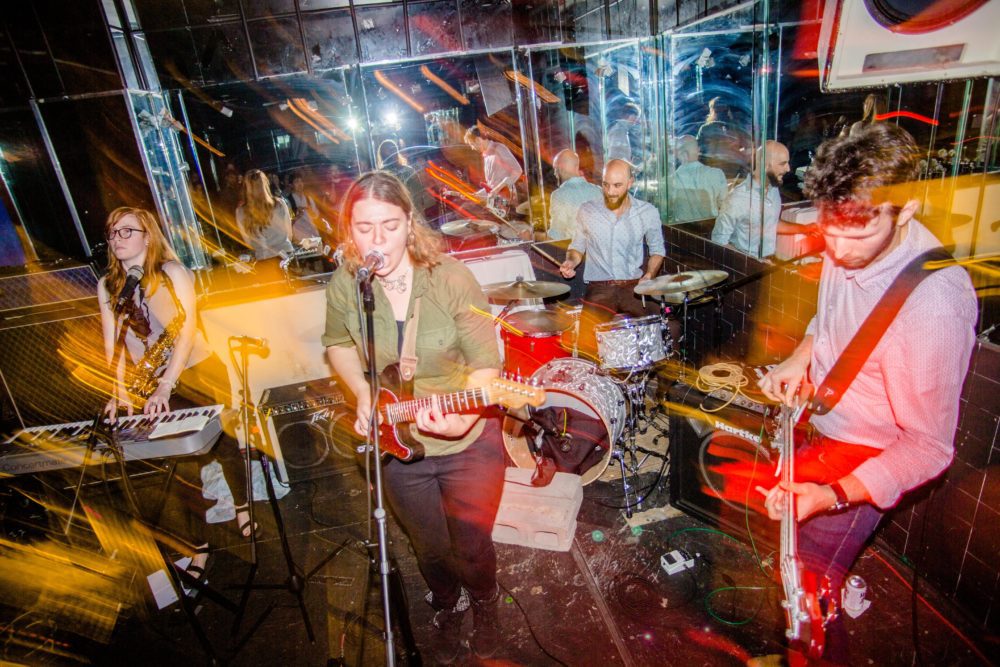
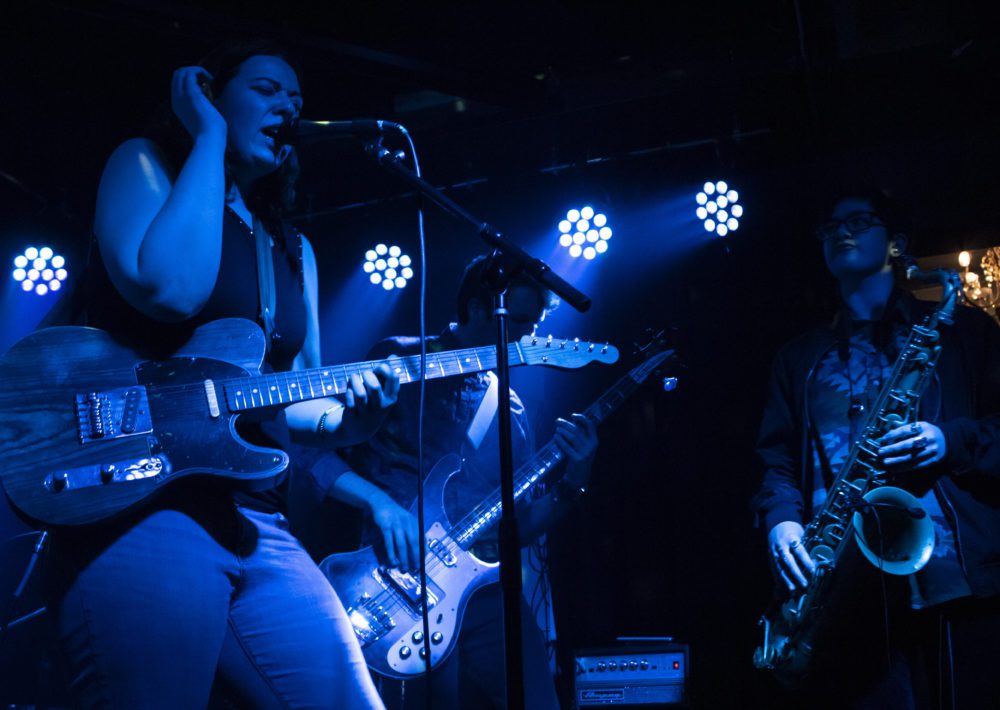
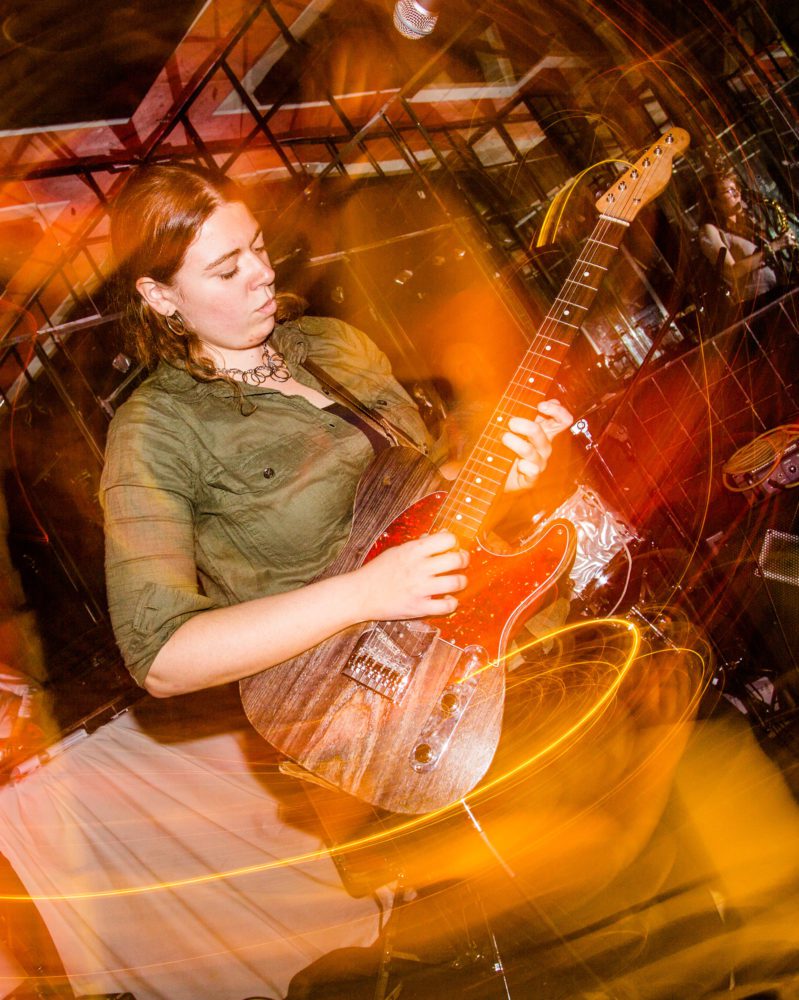
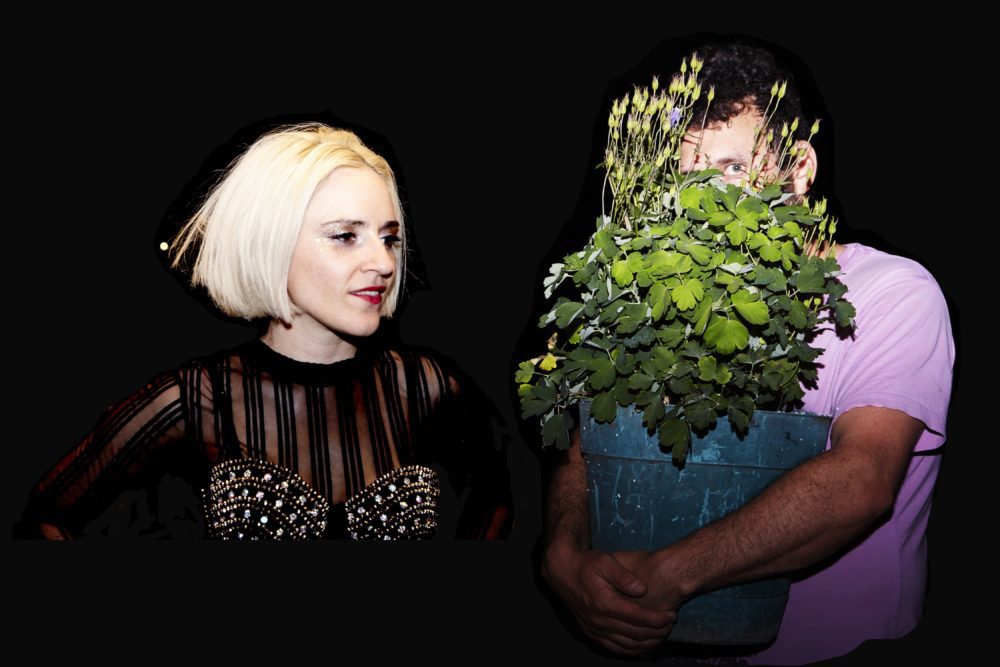
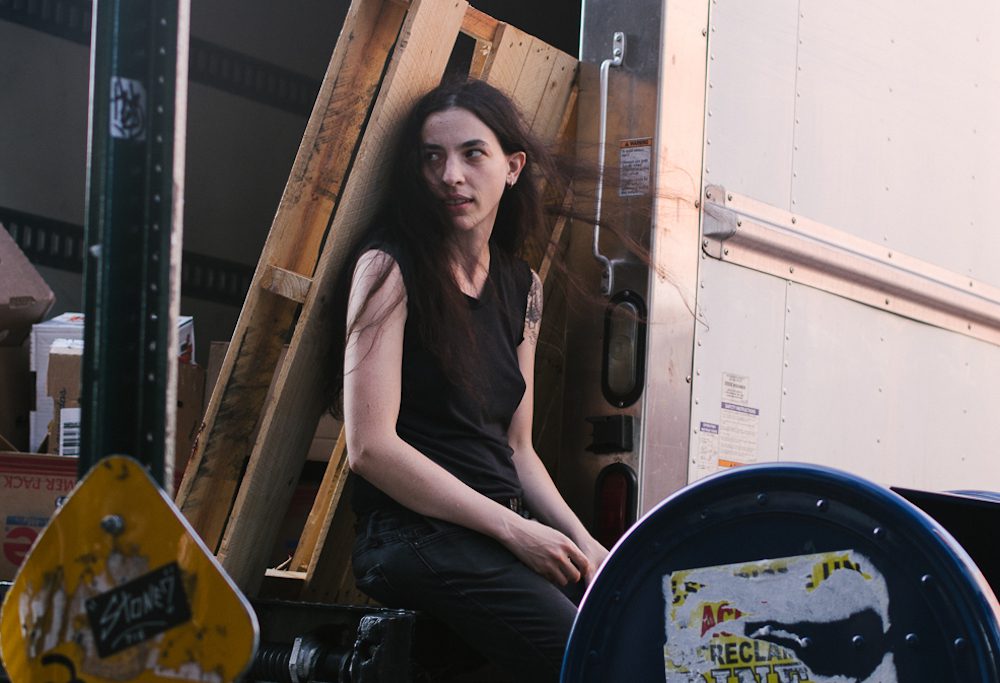
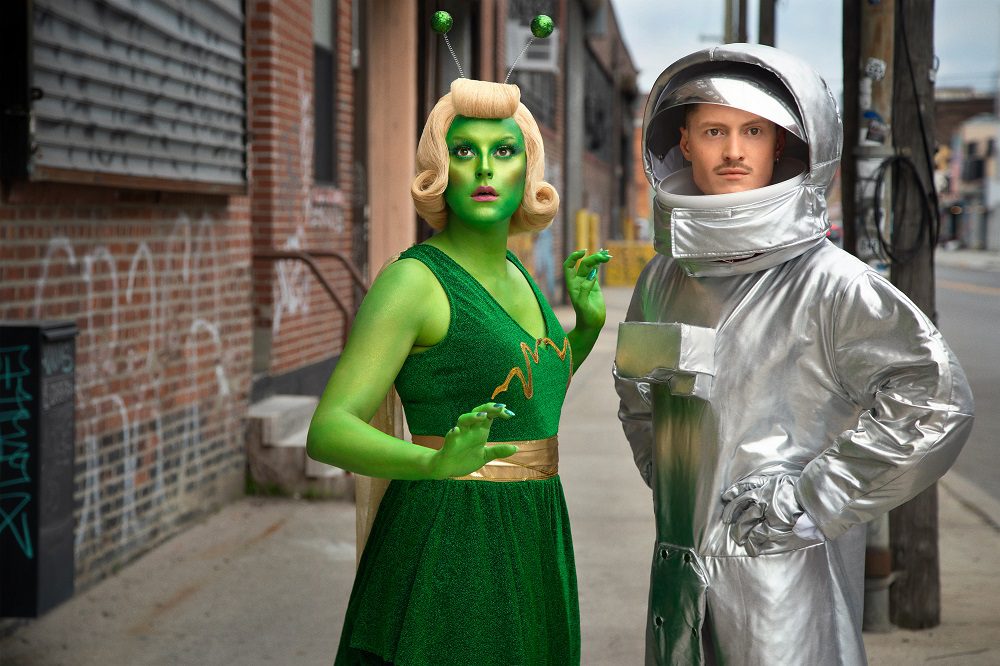

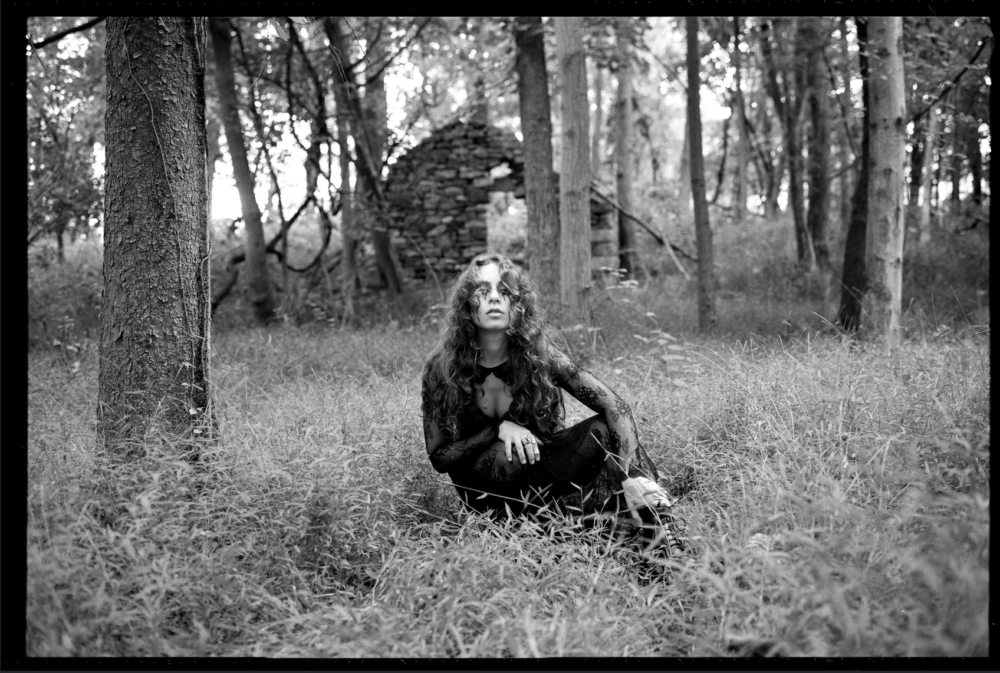
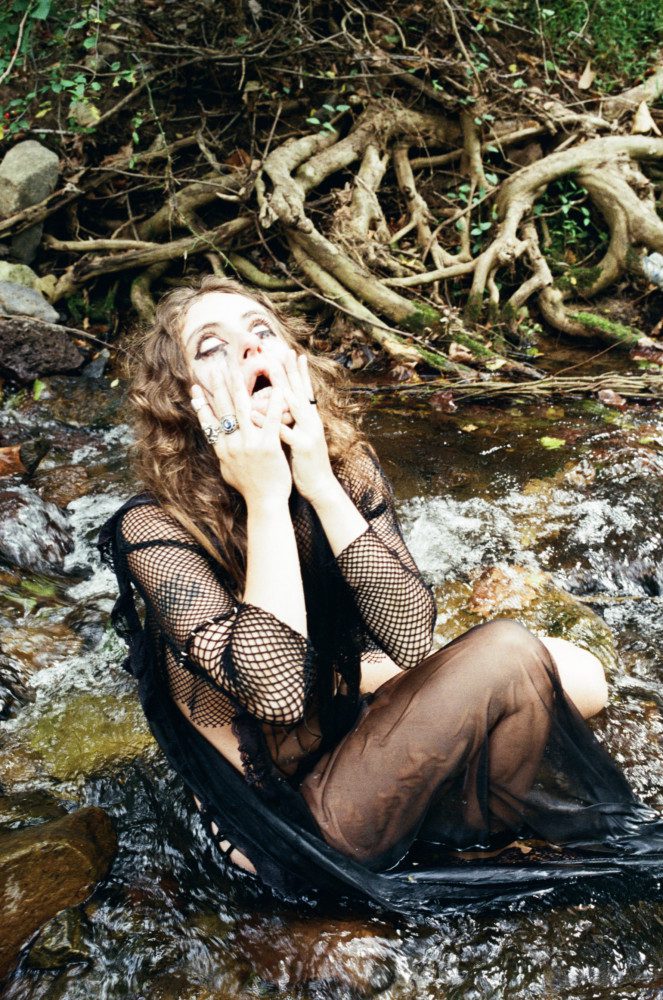
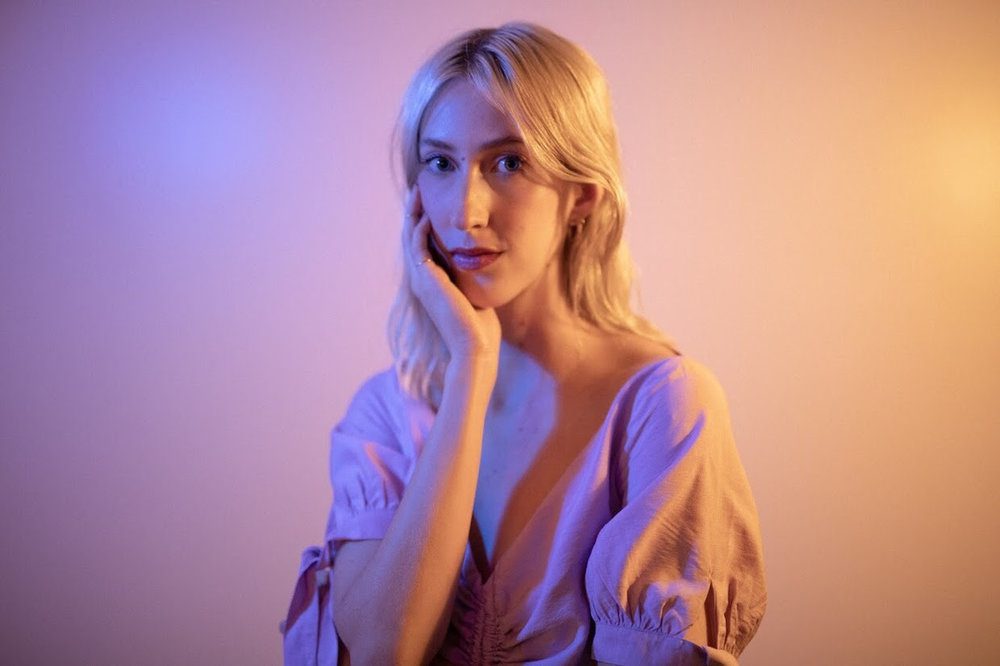
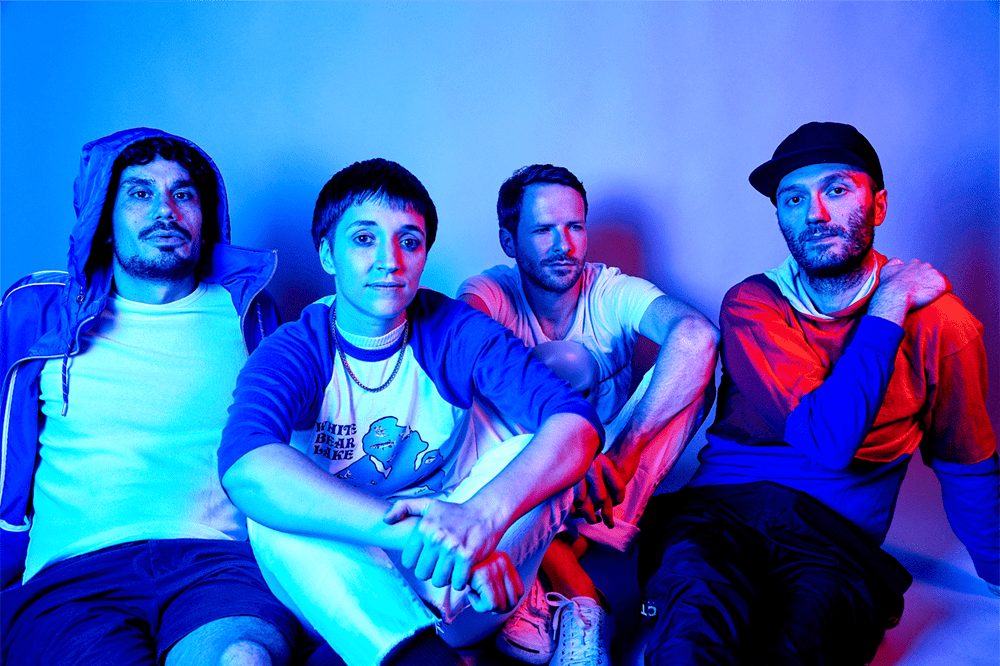
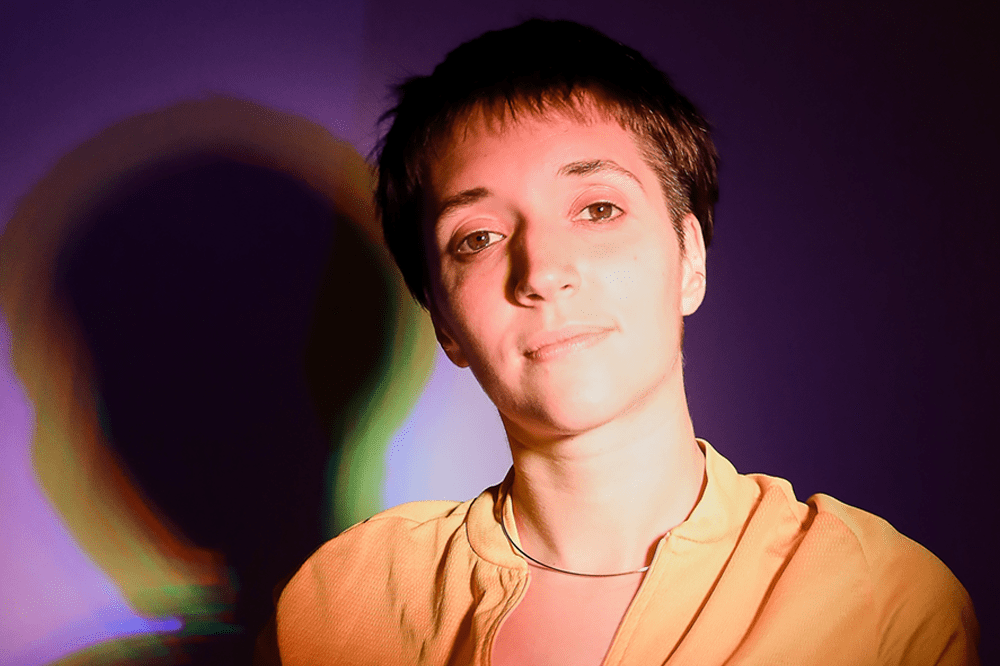
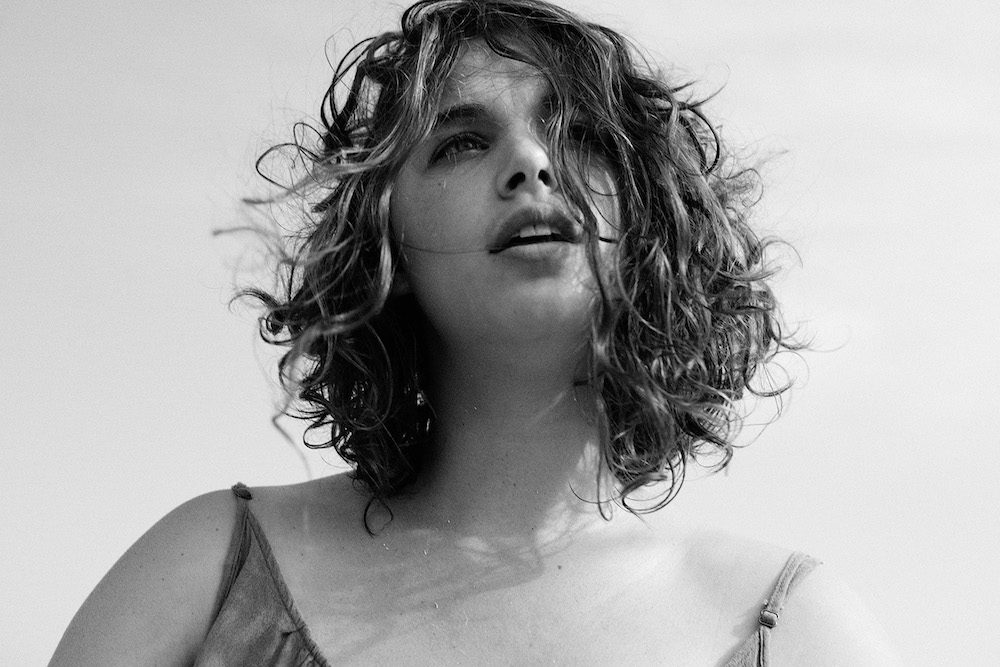
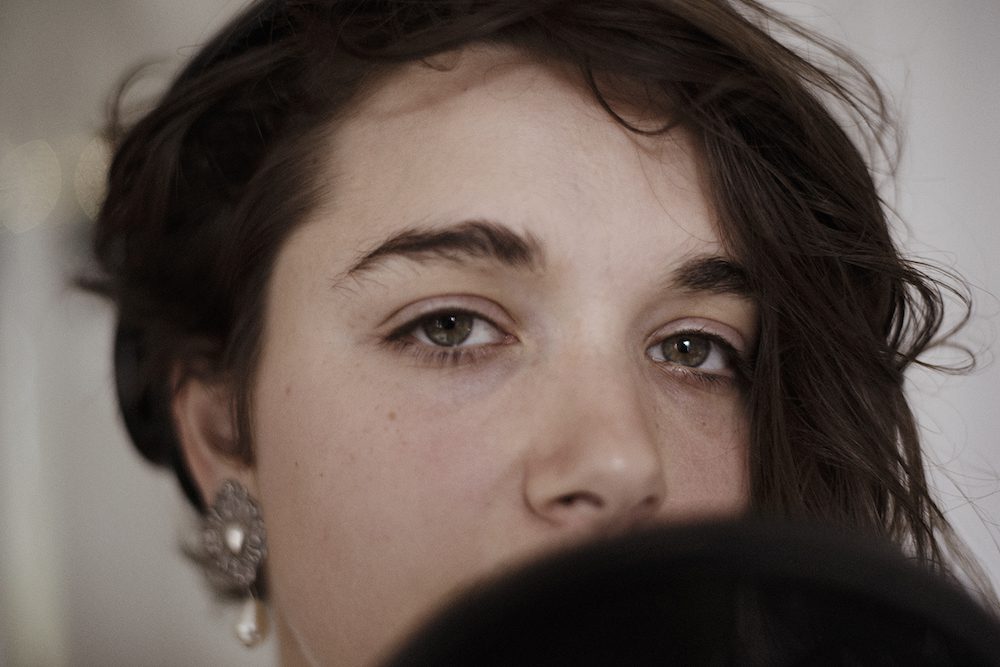
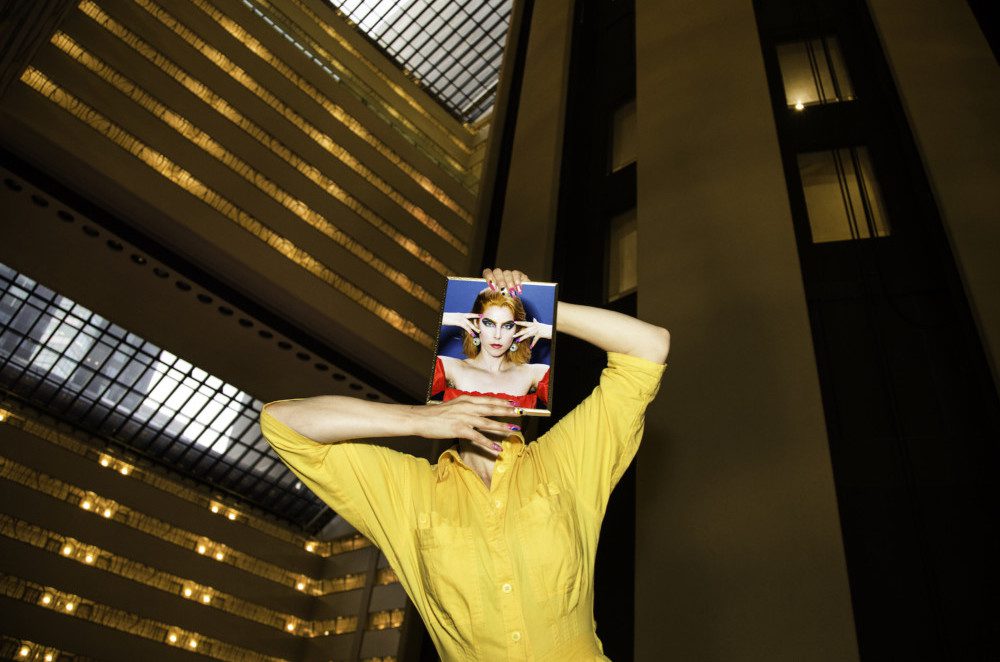
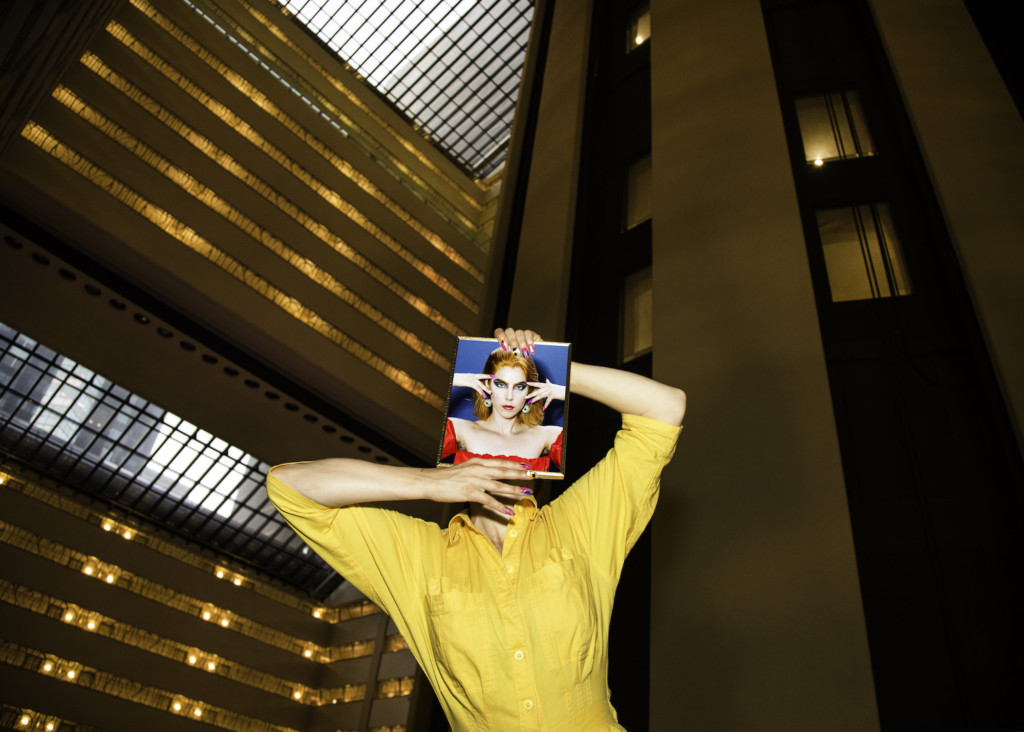
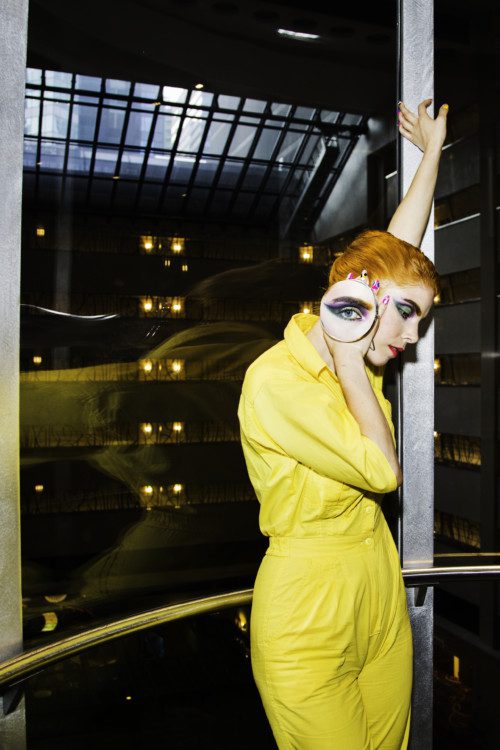 The two remaining segments of Ardis will appear in April and June, each with their own specific fragrance accompaniment. This March, Kladzyk begins a month-long residency at Red Hook artspace Pioneer Works, which will culminate in a musical version of Ardis on April 14. It will expand upon the excerpt she performed at MoMA Ps1 at the end of 2017, which featured herself and her sister Anna discovering, then destroying, a fragrant utopia before rebuilding it. “One of the narrative arcs [of the project] is me as a human, trying to open doorways to Ardis, failing and trying again, and in the process finding it in all these different places,” she says. The Pioneer Works performance, she adds, will feature “a number of other performers, there’ll be a large choir, and other musicians… I’m working with a really incredible set designer, and there’ll be wild costumes, but it will largely be the music interacting with visual signifiers of the world.”
The two remaining segments of Ardis will appear in April and June, each with their own specific fragrance accompaniment. This March, Kladzyk begins a month-long residency at Red Hook artspace Pioneer Works, which will culminate in a musical version of Ardis on April 14. It will expand upon the excerpt she performed at MoMA Ps1 at the end of 2017, which featured herself and her sister Anna discovering, then destroying, a fragrant utopia before rebuilding it. “One of the narrative arcs [of the project] is me as a human, trying to open doorways to Ardis, failing and trying again, and in the process finding it in all these different places,” she says. The Pioneer Works performance, she adds, will feature “a number of other performers, there’ll be a large choir, and other musicians… I’m working with a really incredible set designer, and there’ll be wild costumes, but it will largely be the music interacting with visual signifiers of the world.”